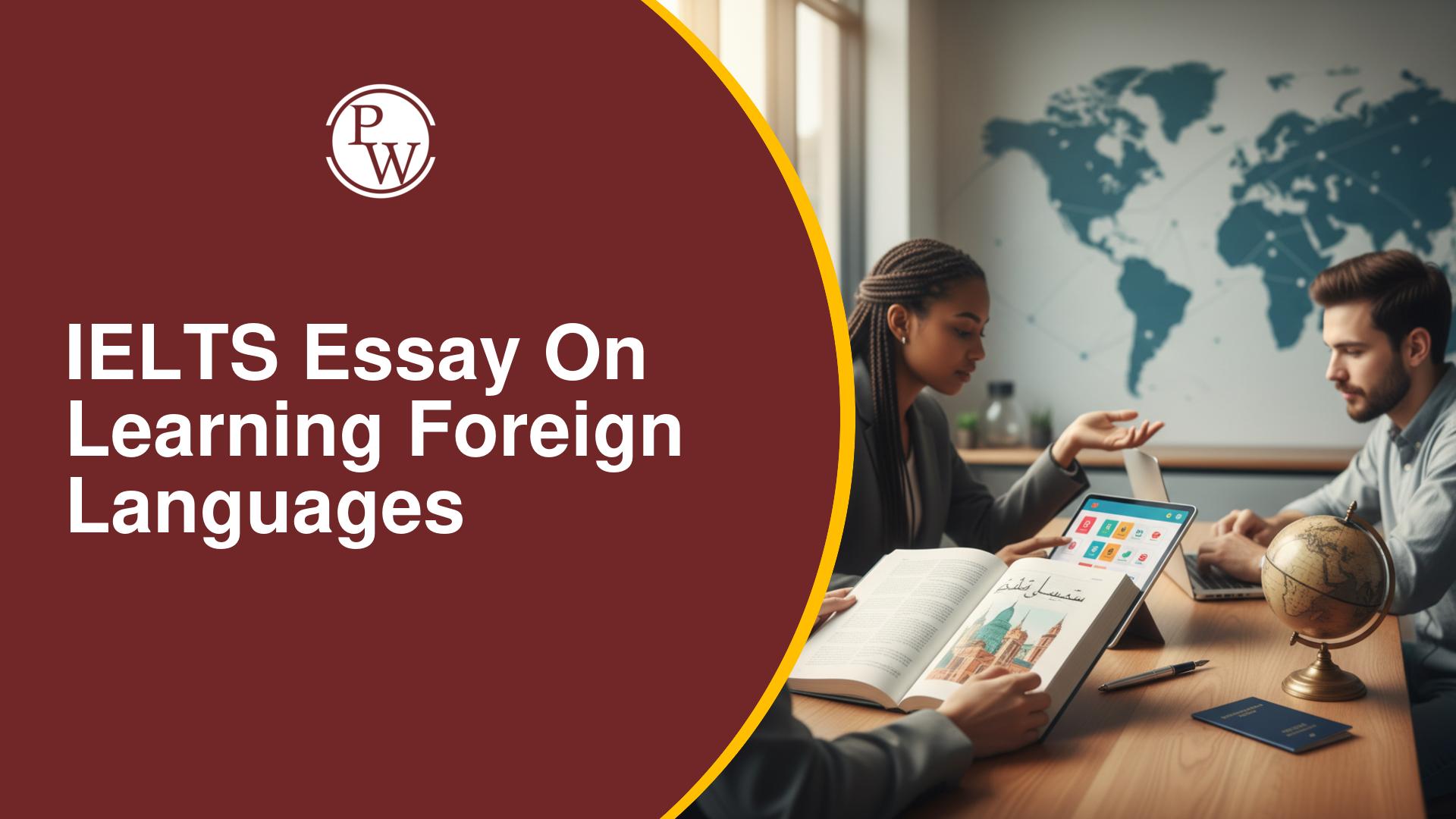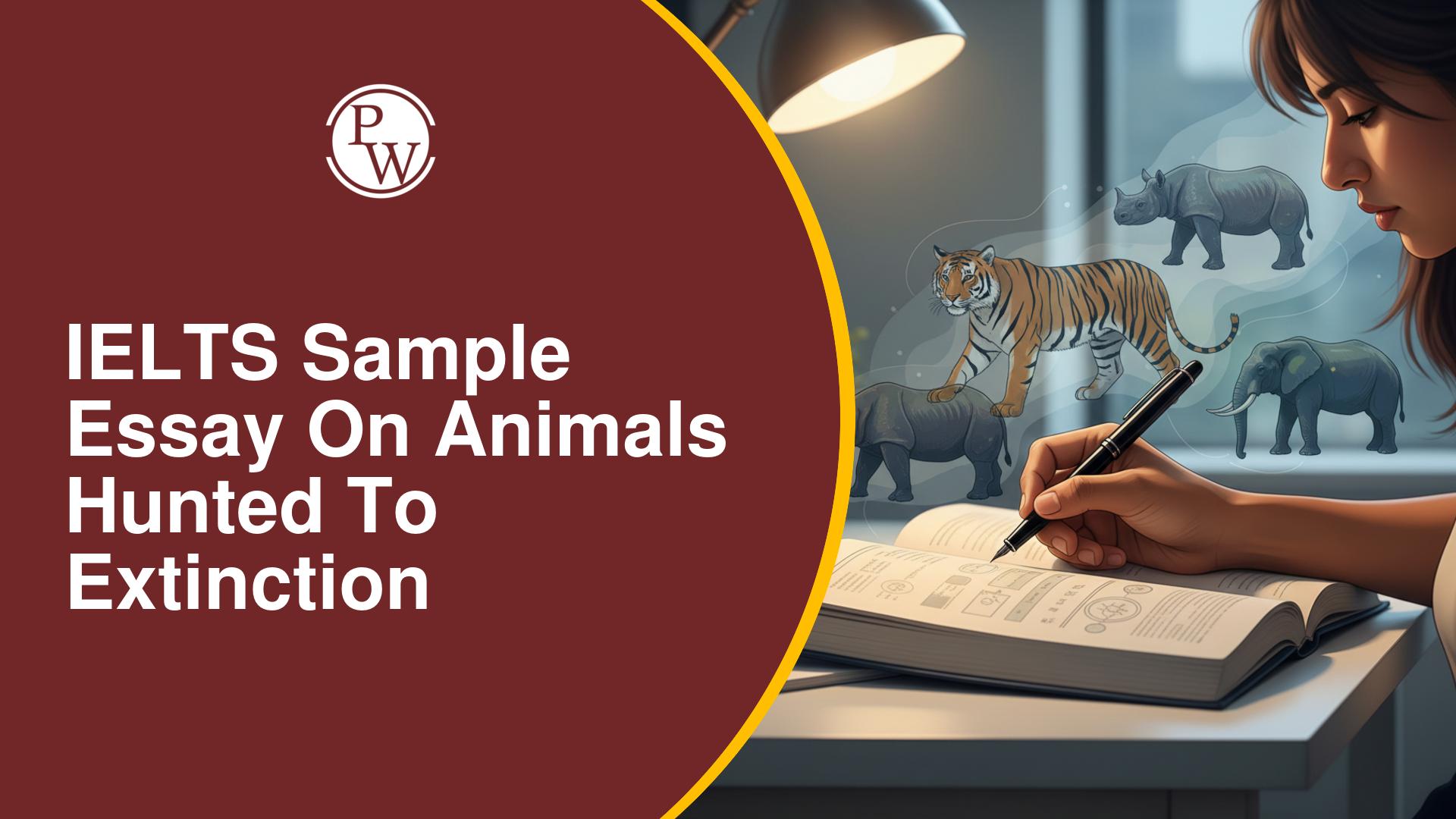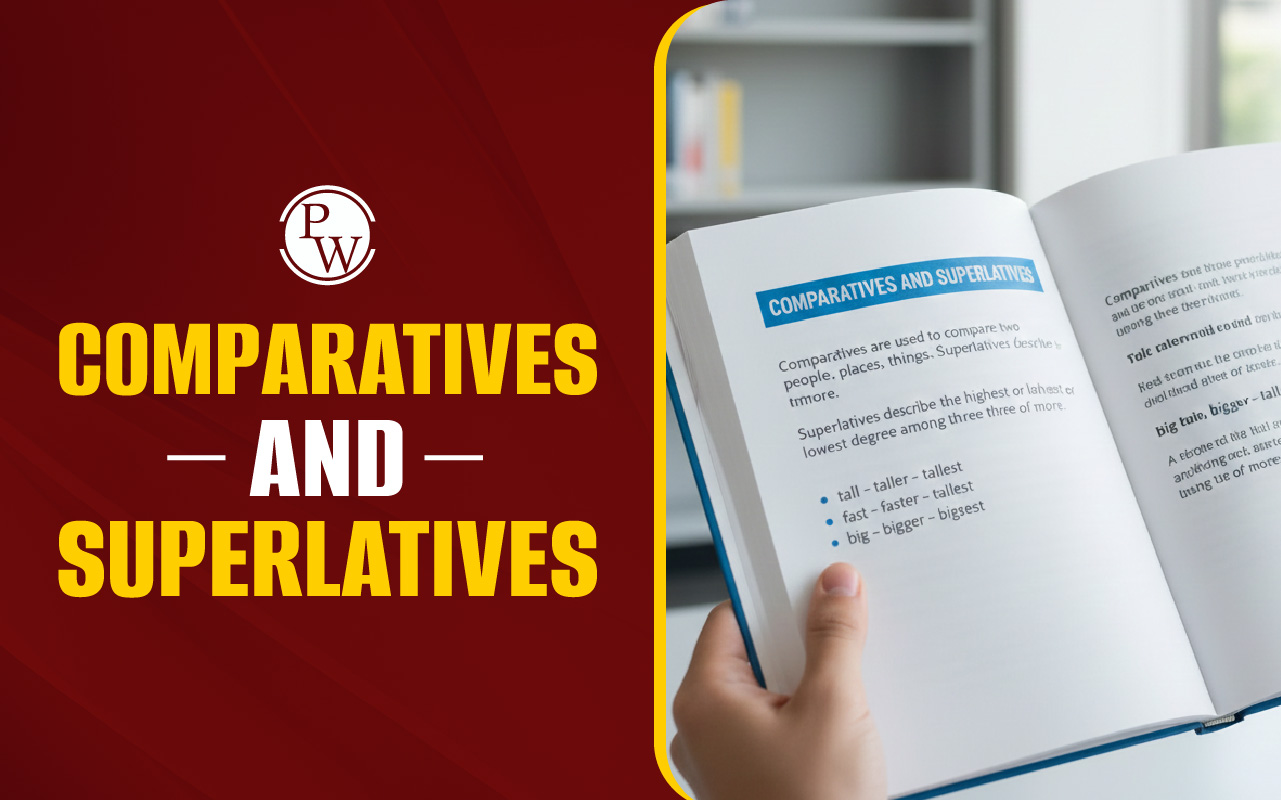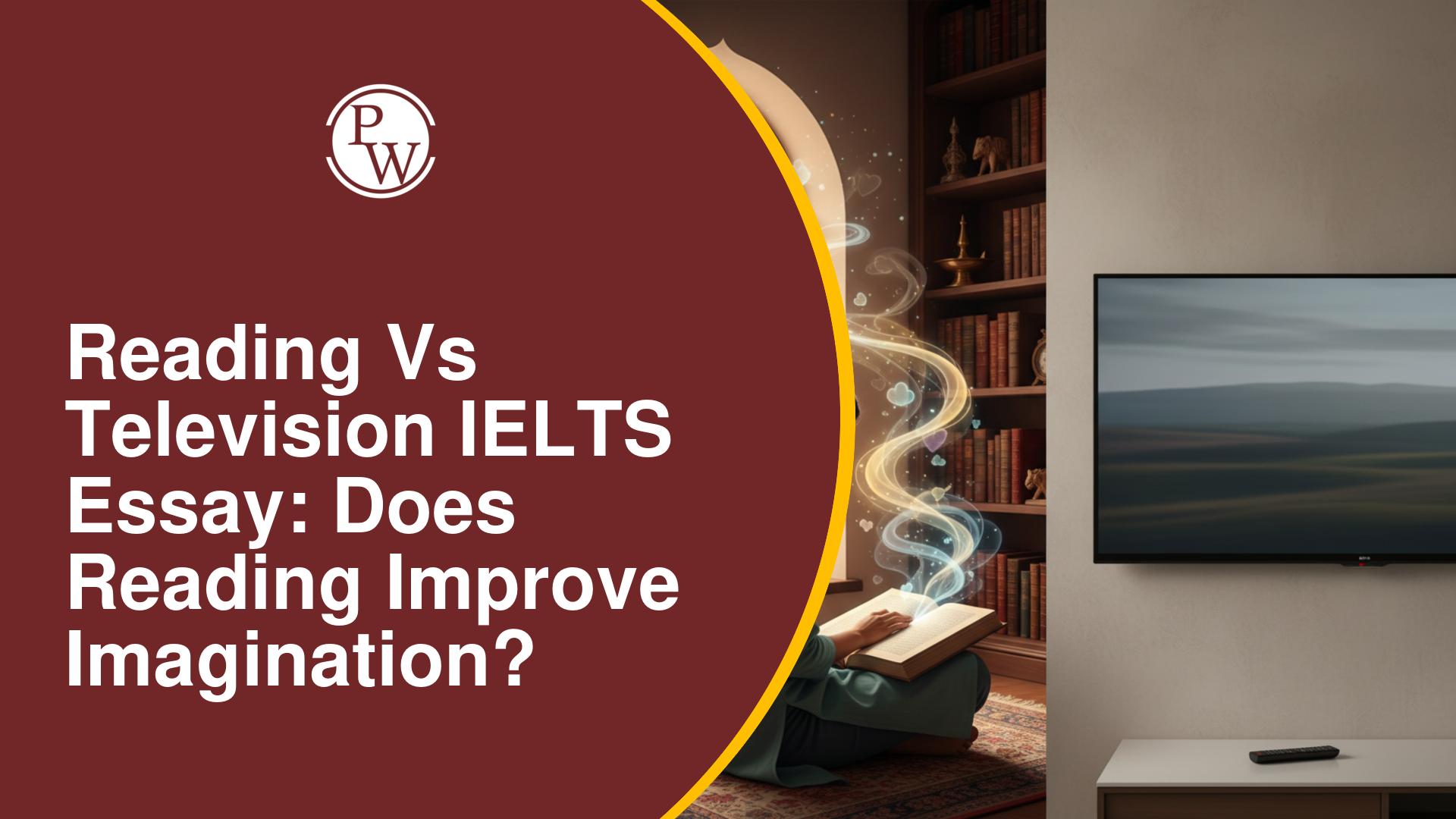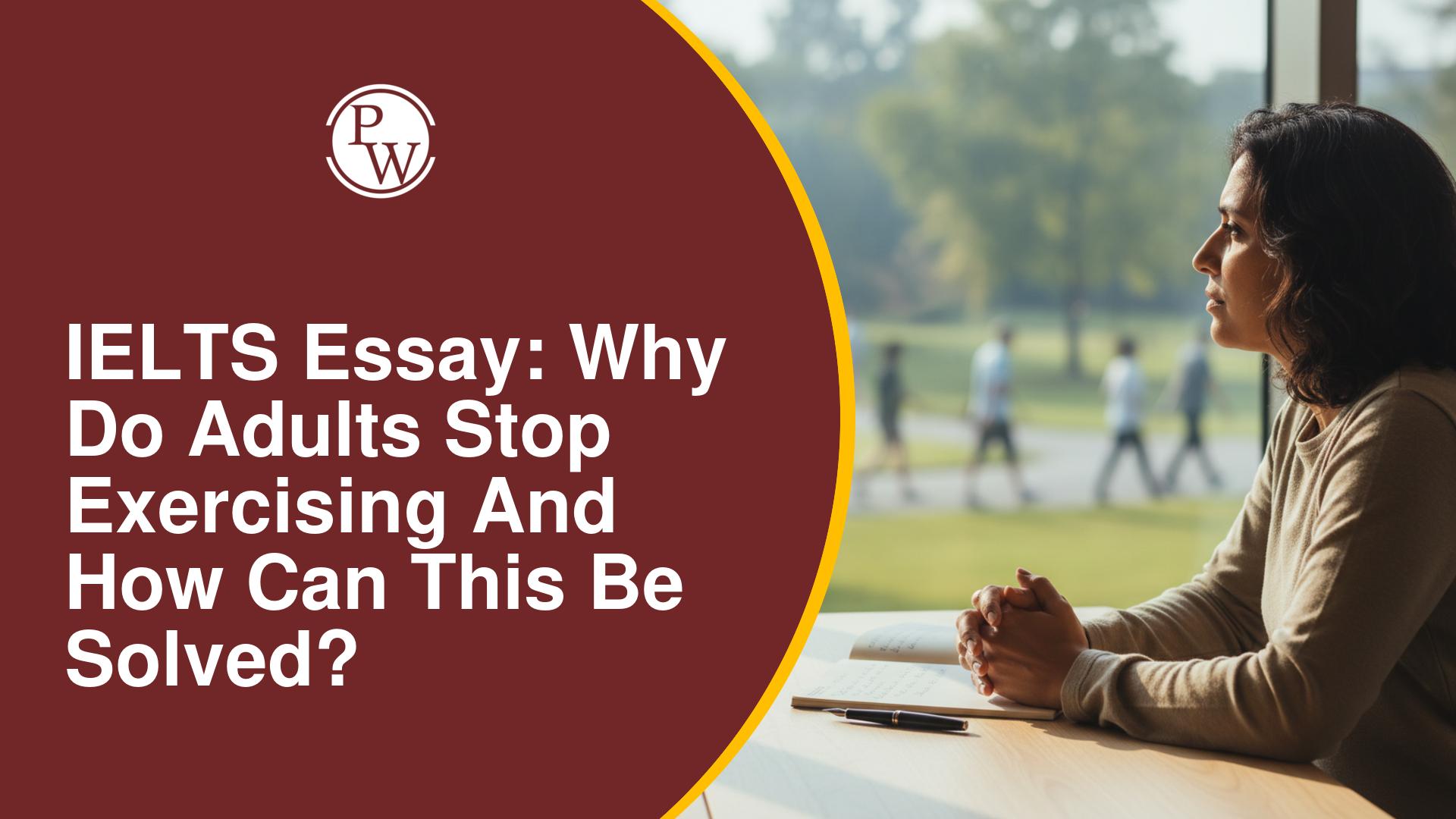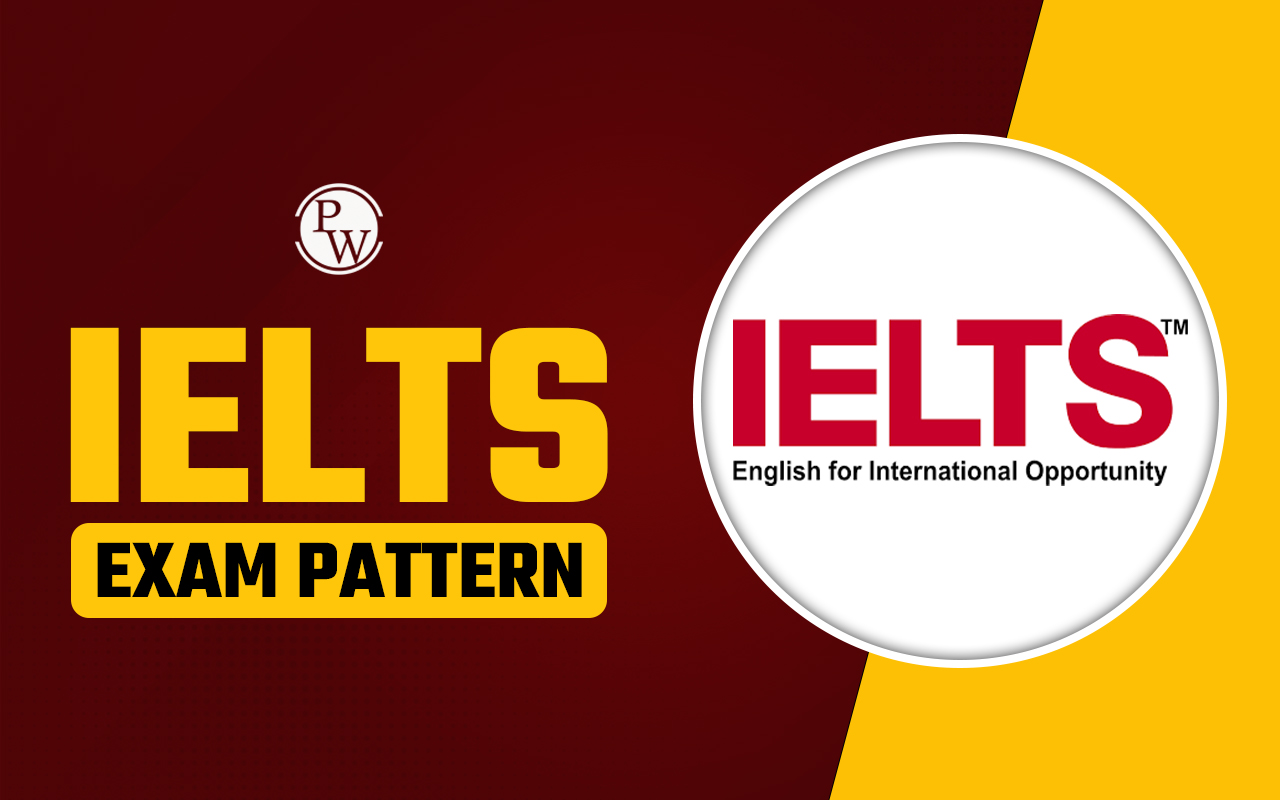
Thomas Young The Last True Know-It-AU Reading Answers: The IELTS Reading Test included a total of three passages. The “Thomas Young The Last True Know-It-AU Reading Answers” is among the most asked passages for the IELTS exam. The passage includes a total of 13 questions divided into two categories: True/False/Not Given and Short Answer Type Questions.
Here, we have included a sample passage for “Thomas Young The Last True Know-It-AU Reading Answers”. Model answers have been provided for each question. Practicing these questions can help students to better prepare for the IELTS Reading Test . Additionally, students can also use the sample answers to frame answers for the original IELTS 2025 to improve their overall IELTS band score .Free IELTS Reading Practice Tests
Thomas Young The Last True Know-It-AU Reading Answers Passage
You should spend about 20 minutes on Questions 1-13, which are based on the Thomas Young The Last True Know-It-AU Reading Answers Passage below.Thomas Young The Last True Know-It-AU Reading Answer
- Thomas Young (1773-1829) contributed 63 articles to the Encyclopedia Britannica, including 46 biographical entries (mostly on scientists and classicists) and substantial essays on “Bridge,” “Chromatics,” “Egypt,” “Languages” and “Tides”. Was someone who could write authoritatively about so many subjects a polymath, a genius or a dilettante? In an ambitious new biography, Andrew Robinson argues that Young is a good contender for the epitaph “the last man who knew everything.” Young has competition, however. The phrase, which Robinson takes for his title, also serves as the subtitle of two other recent biographies: Leonard Warren’s 1998 life of paleontologist Joseph Leidy (1823-1891) and Paula Findlen’s 2004 book on Athanasius Kircher (1602-1680), another polymath.
- Young, of course, did more than write encyclopedia entries. He presented his first paper to the Royal Society of London at the age of 20 and was elected a Fellow a week after his 21st birthday. In the paper, Young explained the process of accommodation in the human eye —on how the eye focuses properly on objects at varying distances. Young hypothesized that this was achieved by changes in the shape of the lens. Young also theorized that light traveled in waves and he believed that, to account for the ability to see in color, there must be three receptors in the eye corresponding to the three “principal colors” to which the retina could respond: red, green, violet. All these hypotheses were subsequently proved to be correct.
- Later in his life, when he was in his forties, Young was instrumental in cracking the code that unlocked the unknown script on the Rosetta Stone, a tablet that was “found” in Egypt by the Napoleonic army in 1799. The stone contains text in three alphabets: Greek, something unrecognizable and Egyptian hieroglyphs. The unrecognizable script is now known as demotic and, as Young deduced, is related directly to hieroglyphic. His initial work on this appeared in his Britannica entry on Egypt. In another entry, he coined the term Indo-European to describe the family of languages spoken throughout most of Europe and northern India. These are the landmark achievements of a man who was a child prodigy and who, unlike many remarkable children, did not disappear into oblivion as an adult.
- Born in 1773 in Somerset in England, Young lived from an early age with his maternal grandfather, eventually leaving to attend boarding school. He had devoured books from the age of two, and through his own initiative, he excelled at Latin, Greek, mathematics and natural philosophy. After leaving school, he was greatly encouraged by his mother’s uncle, Richard Brocklesby, a physician and Fellow of the Royal Society. Following Brocklesby’s lead, Young decided to pursue a career in medicine. He studied in London, following the medical circuit, and then moved on to more formal education in Edinburgh, Gottingen and Cambridge. After completing his medical training at the University of Cambridge in 1808, Young set up practice as a physician in London. He soon became a Fellow of the Royal College of Physicians and a few years later was appointed physician at St. George’s Hospital.
- Young’s skill as a physician, however, did not equal his skill as a scholar of natural philosophy or linguistics. Earlier, in 1801, he had been appointed to a professorship of natural philosophy at the Royal Institution, where he delivered as many as 60 lectures in a year. These were published in two volumes in 1807. In 1804 Young had become secretary to the Royal Society, a post he would hold until his death. His opinions were sought on civic and national matters, such as the introduction of gas lighting to London and methods of ship construction. From 1819 he was superintendent of the Nautical Almanac and secretary to the Board of Longitude. From 1824 to 1829 he was physician to and inspector of calculations for the Palladian Insurance Company. Between 1816 and 1825 he contributed his many and various entries to the Encyclopedia Britannica, and throughout his career, he authored numerous books, essays and papers.
- Young is a perfect subject for a biography — perfect, but daunting. Few men contributed so much to so many technical fields. Robinson’s aim is to introduce non-scientists to Young’s work and life. He succeeds, providing clear expositions of the technical material (especially that on optics and Egyptian hieroglyphs). Some readers of this book will, like Robinson, find Young’s accomplishments impressive; others will see him as some historians have —as a dilettante. Yet despite the rich material presented in this book, readers will not end up knowing Young personally. We catch glimpses of a playful Young, doodling Greek and Latin phrases in his notes on medical lectures and translating the verses that a young lady had written on the walls of a summerhouse into Greek elegiacs. Young was introduced into elite society, attended the theatre and learned to dance and play the flute. In addition, he was an accomplished horseman. However, his personal life looks pale next to his vibrant career and studies.
- Young married Eliza Maxwell in 1804, and according to Robinson, “their marriage was a happy one and she appreciated his work,” Almost all we know about her is that she sustained her husband through some rancorous disputes about optics and that she worried about money when his medical career was slow to take off. Very little evidence survives about the complexities of Young’s relationships with his mother and father. Robinson does not credit them, or anyone else, with shaping Young’s extraordinary mind. Despite the lack of details concerning Young’s relationships, however, anyone interested in what it means to be a genius should read this book.
Also Read:
Thomas Young The Last True Know-It-AU Reading Answers Sample Questions
Thomas Young The Last True Know-It-AU Reading Answers: True/False/Not Given (Questions 1–7) Do the following statements agree with the information given in the passage? In boxes 1–7 on your answer sheet, write:
- TRUE if the statement agrees with the information
- FALSE if the statement contradicts the information
- NOT GIVEN if there is no information on this
Thomas Young The Last True Know-It-AU Reading Answers: Short Answer Type Questions (Questions 8–13)8. At what age did Young present his first paper to the Royal Society? 9. What notable artifact’s script did Young help decode? 10. Which career did Young pursue after being encouraged by Richard Brocklesby? 11. How many lectures did Young deliver annually at the Royal Institution? 12. In which year did Young’s medical training conclude? 13.What type of company employed Young as a physician and inspector?Answer the questions below using NO MORE THAN THREE WORDS AND/OR A NUMBER from the passage for each answer.
| Section wise IELTS Band Score Links | |
|---|---|
| IELTS Reading Band Score | IELTS Listening Band Score |
| IELTS Speaking Band Score | IELTS Writing Band Score |
Thomas Young The Last True Know-It-AU Reading Answers with Explanation
- Thomas Young contributed to the Encyclopedia Britannica before turning 20 years old. Answer: FALSE Explanation: In the passage, it is mentioned that Thomas Young contributed to the Encyclopedia Britannica between 1816 and 1825, which is during the later phase in life which is long after his 20th birthday.
- Young's theory about light traveling in waves was proven correct after his death. Answer: TRUE Explanation: In paragraph B, it is mentioned that Young’s theory of light stating “light traveled in waves” was subsequently proved correct after his death.
- Young was the first to coin the term "Indo-European" in the study of languages. Answer: TRUE Explanation: Paragraph C states, “He coined the term Indo-European to describe the family of languages spoken throughout most of Europe and northern India.”
- Young’s medical practice quickly became highly successful after he completed his studies. Answer: FALSE Explanation: In paragraphs D and G, it is mentioned that Young’s medical career was slow to take off and his wife was very much worried about money due to this.
- Young held a professorship at the Royal Institution for over two decades. Answer: FALSE Explanation: Paragraph E states “In 1801, he had been appointed to a professorship of natural philosophy at the Royal Institution” However, there is no evidence confirming his position over two decades.
- Robinson's biography provides details of Young’s personal relationships with his parents. Answer: FALSE Explanation: Paragraph G states, "Very little evidence survives about the complexities of Young’s relationships with his mother and father,".
- Young was involved in advising on London’s infrastructure, including ship construction and lighting. Answer: TRUE Explanation: Paragraph E states, “His opinions were sought on civic and national matters, such as the introduction of gas lighting to London and methods of ship construction.”
- At what age did Young present his first paper to the Royal Society? Answer: 20 Explanation: Young presented his first paper to the Royal Society of London at the age of 20.
- What notable artifact’s script did Young help decode? Answer: Rosetta Stone Explanation: Paragraph C states, "Young was instrumental in cracking the code that unlocked the unknown script on the Rosetta Stone."
- Which career did Young pursue after being encouraged by Richard Brocklesby? Answer: Medicine Explanation: Young pursued his career in medicine after being encouraged by Richard Brocklesby.
- How many lectures did Young deliver annually at the Royal Institution? Answer: 60 Explanation: Young delivered as many as 60 lectures annually at the Royal Institution.
- In which year did Young’s medical training conclude? Answer: 1808 Explanation: Young’s medical training concluded in 1808 at the University of Cambridge.
- What type of company employed Young as a physician and inspector? Answer: Insurance Explanation: Palladian Insurance Company, an insurance company, employed Young as a physician and inspector.
Guidance to PW
The IELTS Online Courses is a great initiative taken by Physics Wallah to help IELTS aspirants better prepare for the exam. Follow our below pages to learn more about the IELTS exam.| What is IELTS Exam? | Documents Required for IELTS Registration |
| IELTS exam eligibility requirements | IELTS Exam Fees |
| IELTS test results | IELTS Exam Pattern |
Thomas Young The Last True Know-It-AU Reading Answers FAQs
Q. Who was Thomas Young?
Ans. Thomas Young was a polymath who contributed to fields like optics, linguistics, and medicine. He also coined the term "Indo-European".
Q. What was Young’s contribution to the study of light?
Ans. Young hypothesized the theory that light traveled in waves. He also identified three receptors in the eye for color vision.
Q. What did Young achieve with the Rosetta Stone?
Ans. Young identified connections between demotic and Egyptian hieroglyphs with the Rosetta Stone.
Q. Did Young’s medical career succeed?
Ans. Young's medical practice was initially slow to take off, however, later he became a physician at St. George’s Hospital.
Talk to a counsellorHave doubts? Our support team will be happy to assist you!

Check out these Related Articles
Free Learning Resources
PW Books
Notes (Class 10-12)
PW Study Materials
Notes (Class 6-9)
Ncert Solutions
Govt Exams
Class 6th to 12th Online Courses
Govt Job Exams Courses
UPSC Coaching
Defence Exam Coaching
Gate Exam Coaching
Other Exams
Know about Physics Wallah
Physics Wallah is an Indian edtech platform that provides accessible & comprehensive learning experiences to students from Class 6th to postgraduate level. We also provide extensive NCERT solutions, sample paper, NEET, JEE Mains, BITSAT previous year papers & more such resources to students. Physics Wallah also caters to over 3.5 million registered students and over 78 lakh+ Youtube subscribers with 4.8 rating on its app.
We Stand Out because
We provide students with intensive courses with India’s qualified & experienced faculties & mentors. PW strives to make the learning experience comprehensive and accessible for students of all sections of society. We believe in empowering every single student who couldn't dream of a good career in engineering and medical field earlier.
Our Key Focus Areas
Physics Wallah's main focus is to make the learning experience as economical as possible for all students. With our affordable courses like Lakshya, Udaan and Arjuna and many others, we have been able to provide a platform for lakhs of aspirants. From providing Chemistry, Maths, Physics formula to giving e-books of eminent authors like RD Sharma, RS Aggarwal and Lakhmir Singh, PW focuses on every single student's need for preparation.
What Makes Us Different
Physics Wallah strives to develop a comprehensive pedagogical structure for students, where they get a state-of-the-art learning experience with study material and resources. Apart from catering students preparing for JEE Mains and NEET, PW also provides study material for each state board like Uttar Pradesh, Bihar, and others
Copyright © 2025 Physicswallah Limited All rights reserved.
Get App


